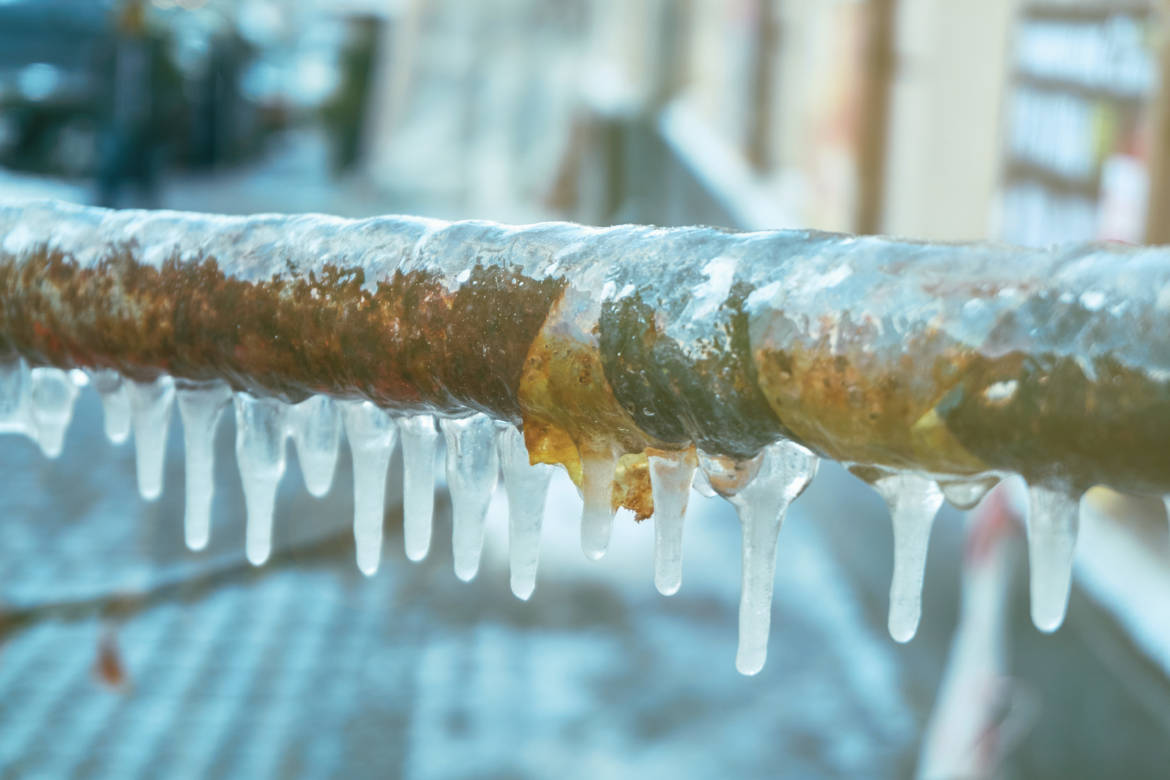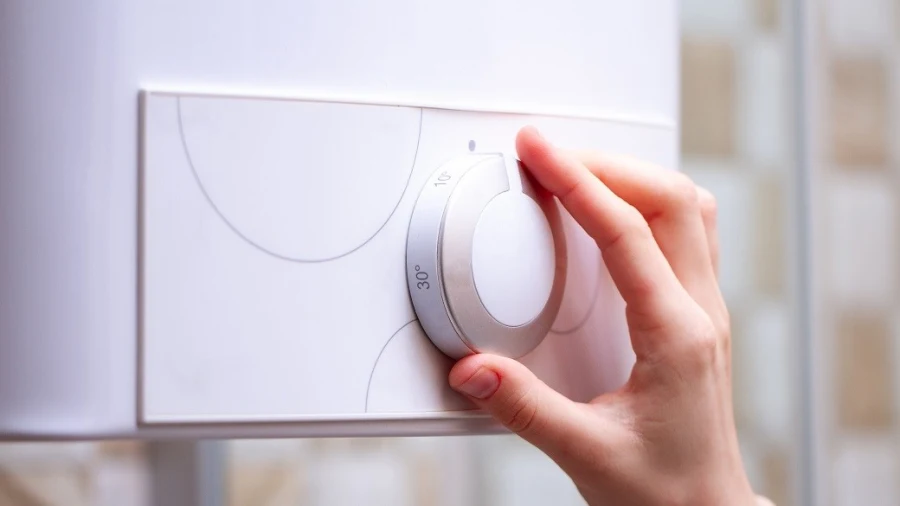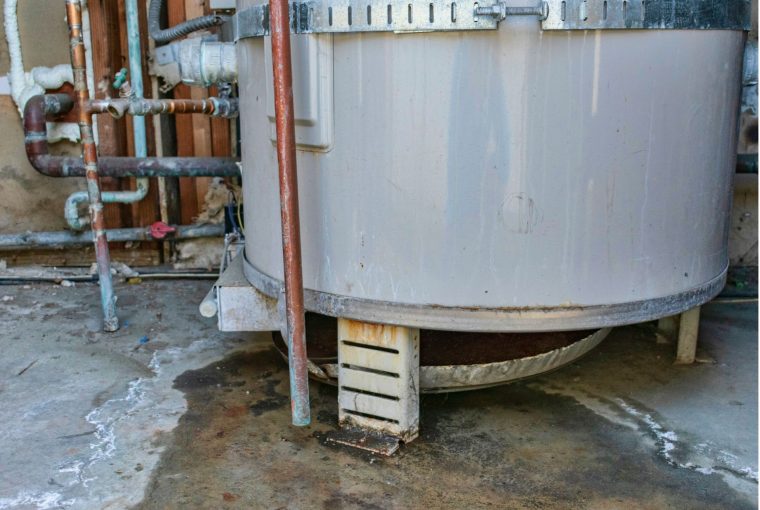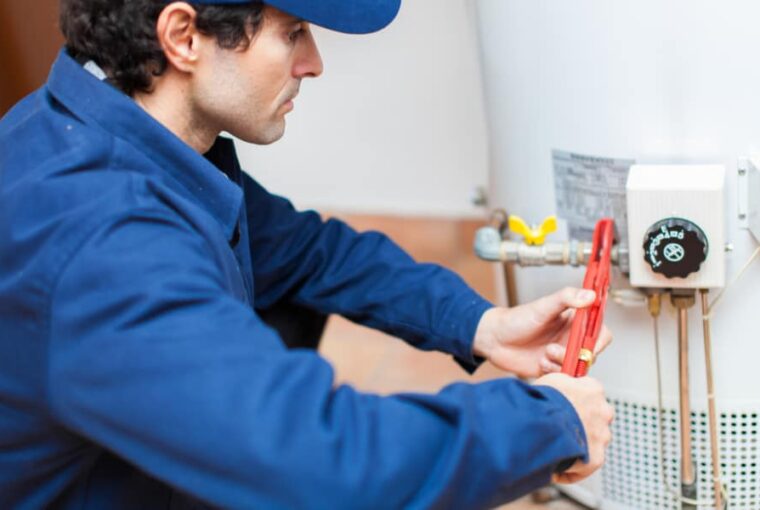Rinnai is a well-reputed company that manufactures high quality tankless water heaters for consumers. They incorporate a freeze protection feature that allows the unit to stay safe from the effects of cold weather in the winter season. However, in below freezing temperatures, even Rinnai tankless units can get frozen. But, do not worry because here we’ll explain how you can thaw the ice from your Rinnai tankless water heater and prevent something like this from happening again in the future.
How to Safely Thaw Your Rinnai Tankless Water Heater: A Step-by-Step Guide
In case your Rinnai tankless water heater is frozen, follow the steps below to thaw it safely, reviving its functionality.
Step 1: Turn off the power supply
Before you start thawing your Rinnai tankless water heater, make sure you turn off the power supply. This will help prevent any electrical hazards during the ice-melting process. If you have a gas-powered unit, turn off the gas valve as well.
Step 2: Locate the frozen pipes
Before thawing the unit, it’s highly important to check the pipes first and if they are frozen, you need to melt the ice from them to prevent pressure buildup and bursting.
You can tell if your pipes are frozen if you turn on the hot water faucet and no water comes out.
Once you’ve located the frozen pipes, use a hairdryer or space heater to thaw them. However, keep the heat source at a bit of a distance from the pipes to avoid any damage.
Step 3: Thaw the unit
After you’ve thawed the pipes, it’s time to thaw the Rinnai tankless water heater itself. To do this, use a hairdryer or a heat lamp to warm up the unit. Be sure to focus on the areas around the inlet and outlet pipes. Again, keep the heat source a little bit away from the unit to avoid any damage.
Step 4: Turn the power supply back on
Once you’ve thawed the Rinnai tankless water heater, turn the power supply back on. If you have a gas-powered unit, turn the gas valve back on as well. Wait a few minutes for the unit to warm up, and then turn on the hot water faucet to make sure everything is working properly.
Step 5: Get professional help:
In case you are unable to handle the situation, it’s best to contact a qualified plumber as they can help resolve the issue by implementing proper means.
Preventing Rinnai Tankless Water Heater and Pipes from Freezing in the Future:

Winter can be a challenging season for homeowners, especially when it comes to their plumbing systems. Frozen pipes and tankless water heaters can cause costly damage and disruption of daily routines. Here are some steps you can take to prevent your Rinnai tankless water heater and pipes from freezing in the future.
- Insulate your pipes
One of the most effective ways to prevent your pipes from freezing is to insulate them properly. Pipe lagging foams, heat tape or insulation blankets are readily available at hardware stores and easy to install. You may focus on pipes that are located in unheated areas such as the attic, basement, or crawl space. Any pipes connected to your water heater must be fully insulated to avoid freezing.
- Seal air leaks
Air leaks can cause cold air to penetrate into your home, leading to freezing pipes. To prevent this from happening, inspect your home for air leaks around windows, doors, and electrical outlets. Seal any gaps and cracks with caulking or weatherstripping.
- Keep your home heated
Maintaining a consistent temperature in your home is crucial to prevent your water heater and pipes from freezing. Keep your thermostat set to a minimum of 55°F even when you’re away from home to ensure that the temperature doesn’t drop too low.
- Open cabinet doors
Opening cabinet doors under sinks during cold weather allows warm air to circulate around pipes, reducing the risk of freezing. This technique is particularly helpful for pipes located in bathrooms and kitchens.
- Drain and disconnect outdoor hoses
Disconnecting outdoor hoses and draining them of water before storing them away for the winter is crucial. If water remains in the hoses, it can freeze and cause damage to the connected pipes, faucets, and valves. This is essentially important to safeguard any pipes that may supply the water to the tankless water heater.
Moreover, if you won’t be home for the winter season, drain all water from your tankless water heater. Remember to shut off the power and gas supply before you do anything and also close off the cold water valve so the water doesn’t reach the water heater anymore. Then, you can open the drain caps to eliminate water from the unit.
- Use a UPS:
Rinnai offers a UPS system (Hugo X-1) which you can use in times of power outage. It is specifically made to power the Rinnai tankless water heater and is an excellent backup plan for emergencies. With this, you can run the water heater and some other electrical gadgets for several days without power. It will also keep the freeze protection feature on in the tankless water heater, reducing the risk of the unit getting frozen.
- Schedule regular maintenance
Regular maintenance and inspections of your Rinnai tankless water heater and plumbing system can help identify potential issues and prevent costly repairs. Schedule maintenance with a licensed plumber to ensure your system is operating efficiently and effectively.
Final Thoughts:
Frozen pipes can cause serious damage to your Rinnai tankless water heater. By following these tips, you can help prevent damage to your system and ensure that you have enough hot water when you need it. Also, remember to always turn off the power before attempting any repairs or maintenance on your heater. In case you are unsure or unable to fix the problem yourself, contact a professional without thinking twice.



